MARKET OVERVIEW
The global data compression software market is a niche part of the wider software industry that focuses on the creation and offering of solutions that enable digital data to be compressed in size for storage, transmission, and for efficiency purposes. This market will continue to develop directly as a response to the volume of data being produced by businesses, governments, and consumers. As companies look to deal with data more effectively, data compression software will be at the forefront of what digital content is processed and how it is processed on different platforms.
This market at its most basic level is centered on software that allows users to reduce the size of files without sacrificing useful information. These solutions will cater to a wide variety of industries such as telecommunications, IT, healthcare, media, and financial services. All these industries will use data compression software to cope with the massive amount of digital content created every day. This software will not only compress file sizes but also boost data transmission speed, optimize storage use, and lower the cost of operations involving data handling. Unlike most other types of enterprise software, the global data compression software market is characterized by its distinctive mixture of mathematical algorithms and technological accuracy.
The people who create software in this segment will keep refining these tools to deliver greater compression ratios without compromising data integrity. Such development will enable organizations to address issues related to small storage capacities and expensive bandwidth, both of which will become increasingly critical in an ever more digital-dependent world. In the future, the need for these solutions will continue to increase as more devices access the internet and heavy-data applications become the norm. This market will not be limited to desktop computers or servers but will find its extension into mobile phones, embedded devices, and cloud infrastructure.
The compressing software's capability to be compatible with different platforms and technologies will keep it relevant in future digital environments. Specifically, business sectors that handle big media files like video, audio, and graphics will continue to depend on these solutions to enhance performance and the user experience. The global data compression software market will also overlap with advances in artificial intelligence, machine learning, and data analysis. As these technologies evolve, they will need compressed data to run more optimally, further integrating compression tools in essential digital processes. This intersection will force software vendors to think outside the box from the old paradigm, developing more intelligent and adaptive compression techniques that are more in line with the demands of contemporary computer systems. In addition, as companies make sustainability and energy efficiency top priorities, data compression utilities will be a strategic resource. To save energy to store and transfer, files have to be smaller, and that fits into larger initiatives to lower the carbon footprint of IT activity. This "green" component will probably impact buying decisions, making compression tools integral to a larger effort towards more environmentally friendly IT.
In short, the global data compression software market is an important part of the software market that directly responds to the technical and operational needs of managing huge amounts of digital information. With the growth of digital infrastructures and complexity in technology landscapes, the applicability of these solutions will only become more profound. Via constant innovation and responsiveness, this market will help maintain data management as efficient, secure, and responsive to an increasingly interconnected world.
Global data compression software market is estimated to reach $2150.9 Million by 2032; growing at a CAGR of 7.1% from 2025 to 2032.
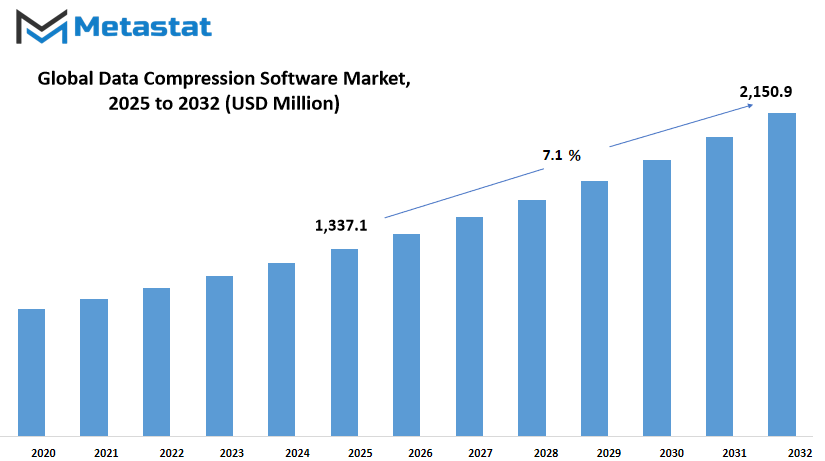
GROWTH FACTORS
The global data compression software market is expected to see significant changes and steady growth in the coming years. One of the main reasons behind this growth is the rising demand for more efficient storage solutions. As more data is produced every day, companies are looking for ways to manage and store this information without having to invest in expensive hardware or infrastructure. Data compression software helps reduce the size of files, which in turn helps save space and lowers storage costs. This practical solution is attracting attention from businesses of all sizes, as they continue to handle larger volumes of data.
Another important factor driving the global data compression software market is the growing need for faster data transmission. In today’s fast-paced world, delays in transferring data can affect productivity and business outcomes. Compressed data travels more quickly, which supports smoother communication, quicker backups, and faster recovery times in case of data loss. This benefit is especially important for industries that rely on real-time data sharing, such as healthcare, finance, and technology.
However, certain challenges might slow down the growth of this market. One of these challenges is the concern over data security. Some organizations worry that compressed data could be more vulnerable to breaches or corruption. While modern compression tools offer strong security features, this concern remains a barrier for some potential users. Another factor that might hamper market growth is the lack of awareness about the latest advancements in compression technology. Many small and medium-sized businesses still rely on outdated methods simply because they are unaware of more efficient options available today.
Looking ahead, advancements in artificial intelligence and machine learning will provide lucrative opportunities for the global data compression software market. AI-driven compression tools can learn from patterns in data and improve their performance over time. This not only boosts efficiency but also makes the technology more accessible to a wider range of users. Companies that invest in these advanced tools will likely see benefits such as reduced operational costs, faster workflows, and better overall data management.
Furthermore, the increase in remote work and cloud-based services will continue to fuel demand for compression software. As businesses shift to digital operations, the need for reliable, fast, and secure ways to store and share data becomes more urgent. In the future, the global data compression software market is likely to play a key role in helping businesses adapt to these changes and stay competitive in a data-driven world.
MARKET SEGMENTATION
By Type
The global data compression software market is expected to grow steadily in the coming years as more industries recognize the value of efficient data management. This growth will be driven by the need to handle the increasing amounts of digital information being produced every day. Companies will continue to search for ways to store, transfer, and protect data more efficiently without sacrificing quality or performance. Data compression software helps by reducing file sizes, which saves storage space and makes it easier and quicker to share information across networks. Businesses will rely on these solutions even more as they shift towards cloud storage and online services.
Looking ahead, the market will continue to expand as technology advances. The global data compression software market by type is further segmented into Lossless Compression and Lossy Compression. Both types serve important roles but are used in different situations depending on the need for accuracy versus space-saving. Lossless Compression will remain popular in industries where maintaining the original data is critical, such as healthcare, finance, and legal sectors. On the other hand, Lossy Compression will likely be favored in areas like video streaming and image sharing, where some data loss is acceptable in exchange for smaller file sizes and faster transmission speeds.
Artificial intelligence and machine learning will play a bigger part in shaping the future of this market. These technologies will make compression tools smarter and more efficient, allowing them to adapt to the specific needs of various types of data. As a result, users will benefit from better performance and improved user experience. Security will also remain a key concern. Advanced compression solutions will not only shrink file sizes but will also integrate features to protect sensitive data during storage and transfer.
The demand for such solutions will rise as more devices connect to the internet, generating more data that needs to be managed wisely. From smartphones to smart homes, data compression will support faster communication and reduce the strain on existing networks. This will help businesses and individuals save costs while also promoting more sustainable technology use by cutting down on energy and storage needs.
In the future, the global data compression software market will become an essential part of how both organizations and individuals manage their digital resources. With continuous innovation and growing demand, this market will hold a vital position in the broader technology landscape, helping to shape how data is handled across countless industries worldwide.
By Deployment
The global data compression software market will continue to play a crucial role in shaping how businesses manage their data in the future. As the amount of data generated by companies and individuals grows each year, the need for efficient solutions to store and transfer this information becomes even more important. Data compression software helps reduce the size of files, making it easier and faster to share them across networks and store them on various systems. Looking ahead, this market is expected to expand steadily as more industries recognize the benefits of these solutions.
When looking at how this market is structured by deployment, it is divided into two main categories: Cloud and On-Premise. Each has its own advantages, and both are expected to see growth as technology advances. Cloud-based solutions offer flexibility and ease of access. Companies that operate across different locations or rely on remote teams often prefer cloud deployments because they allow users to compress and access data from anywhere. This makes collaboration easier and supports the growing trend of digital workplaces. As cloud infrastructure becomes more secure and affordable, it is likely that more businesses will choose this option in the future.
On the other hand, on-premise solutions are still important, especially for organizations that need complete control over their data. Some businesses handle sensitive information and prefer to manage it within their own secured environments. In such cases, on-premise data compression software gives them peace of mind, knowing their data does not leave their internal systems. While cloud options are rising, on-premise deployments will continue to have a strong presence in sectors like government, finance, and healthcare where security is a top priority.
In the coming years, the global data compression software market will also see improvements in the technology itself. Developers are working on smarter algorithms that will be able to compress data faster and more effectively without losing quality. As artificial intelligence becomes more advanced, it may be used to predict the best methods of compression for different types of data, further enhancing the performance of these tools. This will help businesses manage the growing volumes of information more efficiently.
In summary, the future of this market looks promising, with both cloud and on-premise solutions having clear roles to play. Companies will continue to invest in these tools as they look for ways to improve their data handling capabilities. The global data compression software market will remain a key part of how organizations approach data management moving forward.
By Vertical
The global data compression software market is expected to experience steady growth in the coming years as businesses across different industries continue to handle larger volumes of data. This growth will be shaped by the increasing need to store, transfer, and secure information more efficiently. As data continues to expand in size and complexity, companies will turn to compression solutions to help reduce storage costs and improve transfer speeds without compromising quality. This will especially matter for industries like IT & Telecommunication, which constantly deal with high volumes of data transfer and require reliable software to maintain speed and efficiency.
The financial sector, often referred to as BFSI, will also play a key role in driving demand. Banks, insurance companies, and other financial institutions handle sensitive information daily and will look for data compression tools that ensure both security and efficiency. The growing use of online banking and digital transactions will further increase the reliance on such solutions. In healthcare, the shift toward electronic health records, telemedicine, and digital imaging will push organizations to seek out reliable compression tools. These tools will help reduce storage space while maintaining the integrity of medical records and images, which are critical to patient care.
Travel and hospitality will benefit from these advancements as well. With more customers booking services online and sharing digital content related to their travel experiences, these companies will need effective ways to store and transfer data. Media and entertainment businesses, which work with large multimedia files, will continue to prioritize compression solutions to manage streaming and distribution more efficiently. This will help improve user experience while reducing operational costs.
Governments worldwide will adopt compression software to help manage public records, legal documents, and other important files that require both security and easy access. In the manufacturing industry, the use of smart technologies and automated systems will generate a lot of data, creating the need for better ways to store and share it. Other industries, though varied, will follow similar patterns as they become more digital and data-focused.
Looking ahead, the global data compression software market will likely evolve alongside new technologies such as artificial intelligence and machine learning, which could help create even more advanced and adaptive compression techniques. This progress will ensure that businesses of all kinds can handle future data challenges more effectively, supporting growth and innovation across the board.
|
Forecast Period |
2025-2032 |
|
Market Size in 2025 |
$1337.1 million |
|
Market Size by 2032 |
$2150.9 Million |
|
Growth Rate from 2025 to 2032 |
7.1% |
|
Base Year |
2024 |
|
Regions Covered |
North America, Europe, Asia-Pacific Green, South America, Middle East & Africa |
REGIONAL ANALYSIS
The global data compression software market is expected to see significant changes and developments in the years ahead. As technology continues to progress, the need to handle larger amounts of data more efficiently is becoming increasingly important. Organizations across different regions are actively searching for better ways to store, manage, and transfer their data. This is where data compression software plays a key role by helping companies reduce the size of data files, which saves both storage space and bandwidth.
Looking at the geographic breakdown, North America continues to be a leading force within the global data compression software market. The United States, Canada, and Mexico are seeing steady demand as businesses and government agencies place higher importance on managing their growing digital assets. The U.S., in particular, is likely to remain a hub for innovation, with tech companies constantly working on improving software solutions that help businesses run more efficiently.
In Europe, countries like the UK, Germany, France, and Italy are also making notable contributions to this market. Many European companies are heavily investing in digital solutions as they aim to stay competitive and meet stricter data management regulations. As a result, demand for reliable and effective data compression tools is on the rise. These tools allow organizations to not only save money but also speed up data access and transfer.
Asia-Pacific presents a fast-growing opportunity for the global data compression software market. Countries such as India, China, Japan, and South Korea are witnessing a digital transformation across different sectors including finance, healthcare, and education. As these regions continue to develop their digital infrastructure, the need for smarter data management strategies, including compression solutions, is becoming more obvious. This trend is expected to create opportunities for both local and international software providers.
South America, including Brazil and Argentina, is gradually following the path of more developed markets by adopting advanced technologies. Although the market here may grow at a slower pace compared to others, there is still clear potential as more organizations become aware of the benefits these solutions offer.
The Middle East & Africa, with key areas such as GCC Countries, Egypt, and South Africa, is showing increasing interest as well. Governments and businesses in these regions are exploring ways to improve their digital environments, and data compression software is seen as a useful part of that journey. Overall, the future of the global data compression software market looks promising, with continuous demand expected from all corners of the world as data continues to grow.
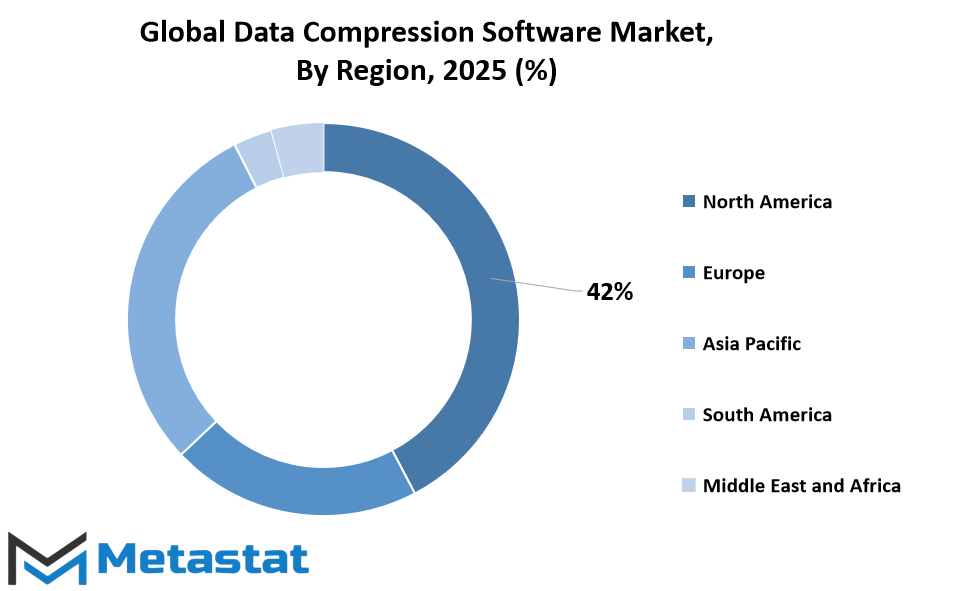
COMPETITIVE PLAYERS
The global data compression software market is expected to see notable growth in the future, largely driven by the efforts and innovations of the companies actively shaping this space. These companies continue to invest in new technologies to help businesses and individuals store, transfer, and manage their data more efficiently. As more people rely on digital tools in their personal and professional lives, the need for effective data compression solutions becomes even more important. The rise of cloud computing, big data analytics, and artificial intelligence has brought huge amounts of data into everyday operations, and compression tools play a key role in managing this flood of information without overwhelming existing systems.
Major players in this industry are consistently working to improve the speed, accuracy, and reliability of their software. Companies such as PKWARE, Inc., Corel Corporation (WinZip Computing LLC), and DataDirect Networks have built strong reputations for offering dependable and easy-to-use solutions. These firms recognize that businesses today need more than just traditional compression tools; they need software that integrates smoothly with existing platforms, protects sensitive data, and supports faster data exchange. In response, these companies are focusing on offering solutions that meet the needs of industries ranging from finance to healthcare and government services.
Looking ahead, competition within the global data compression software market is expected to become more intense as firms try to outdo one another in terms of innovation and service quality. Companies like Exasol Corporation, Broadcom Inc., and Smith Micro Software, Inc. (StuffIt) are investing in research and development to create products that not only shrink files effectively but also help users reduce storage costs and improve processing speeds. These advancements are expected to set new standards for the industry and push other players to keep up.
Emerging technologies like edge computing and 5G will likely shape the direction of future software developments, pushing companies to focus on faster, smarter, and more secure compression solutions. MetaSource, LLC., Opera Norway, and Advanced Micro Devices, Inc. are well-positioned to capitalize on these changes, while established companies like Open Text Corporation (Micro Focus International) and Cloud Software Group, Inc. (Tibco Software Inc) will continue strengthening their foothold in this space. New opportunities will also arise for companies like Bandisoft International Inc. and ConeXware, Inc. (PowerArchive) as businesses demand more flexibility and efficiency from their tools. The future of this market will be marked by ongoing advancements aimed at making data management more seamless and effective for everyone involved.
Data Compression Software Market Key Segments:
By Type
- Lossless Compression
- Lossy Compression
By Deployment
- Cloud
- On-Premise
By Vertical
- IT & Telecommunication
- BFSI
- Healthcare
- Travel and Hospitality
- Media and Entertainment
- Government
- Manufacturing
- Others
Key Global Data Compression Software Industry Players
- PKWARE, Inc.
- Corel Corporation (WinZip Computing LLC)
- DataDirect Networks
- Exasol Corporation
- Broadcom Inc.
- Smith Micro Software, Inc (StuffIt)
- MetaSource, LLC.
- Opera Norway
- Advanced Micro Devices, Inc.
- Cloud Software Group, Inc. (Tibco Software Inc)
- Open Text Corporation (Micro Focus International)
- Bandisoft International Inc.
- ConeXware, Inc.(PowerArchive)
WHAT REPORT PROVIDES
- Full in-depth analysis of the parent Industry
- Important changes in market and its dynamics
- Segmentation details of the market
- Former, on-going, and projected market analysis in terms of volume and value
- Assessment of niche industry developments
- Market share analysis
- Key strategies of major players
- Emerging segments and regional growth potential



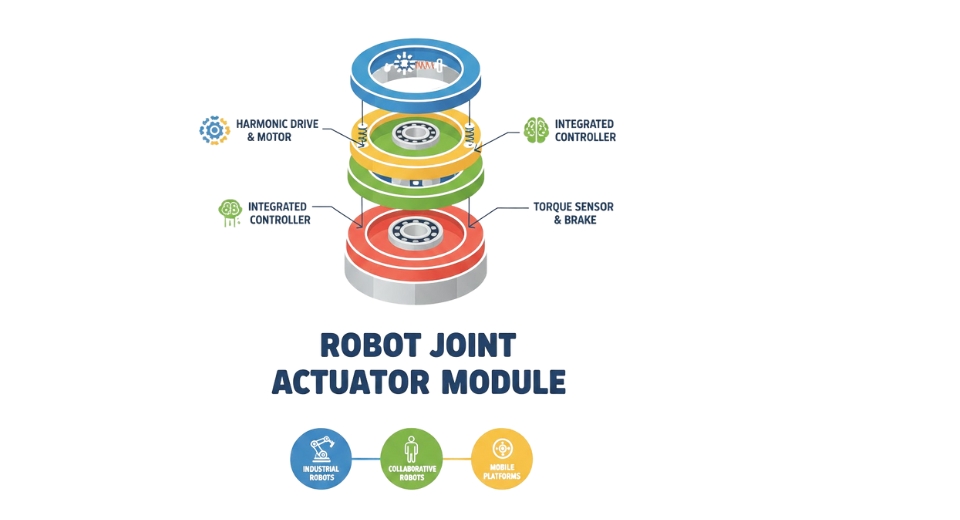
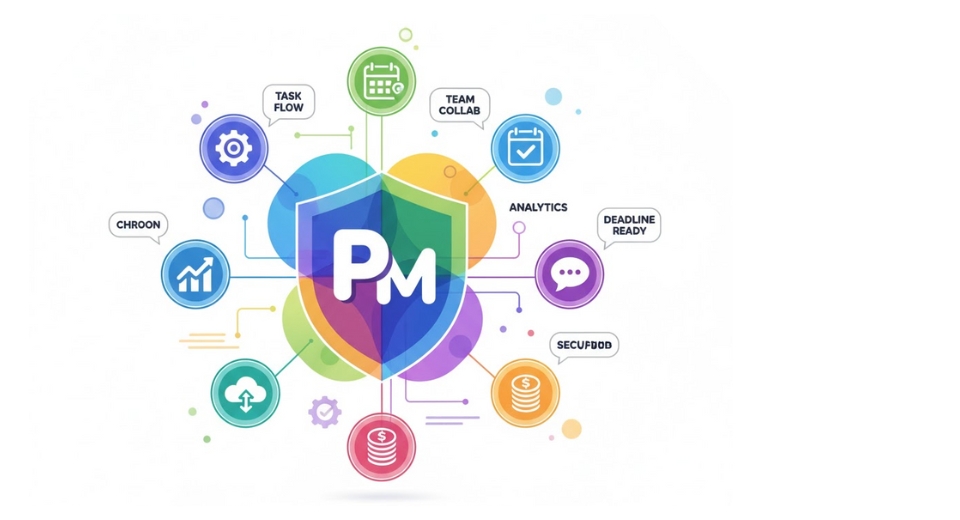
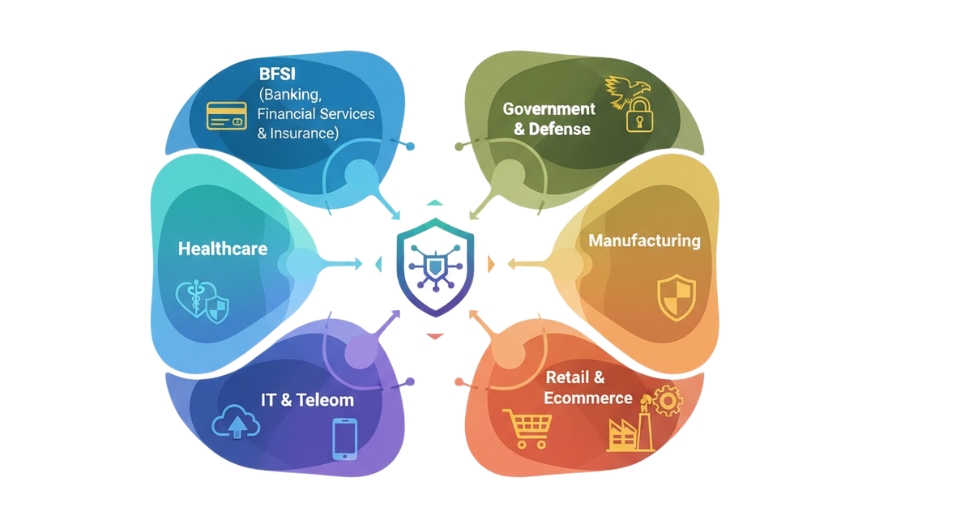
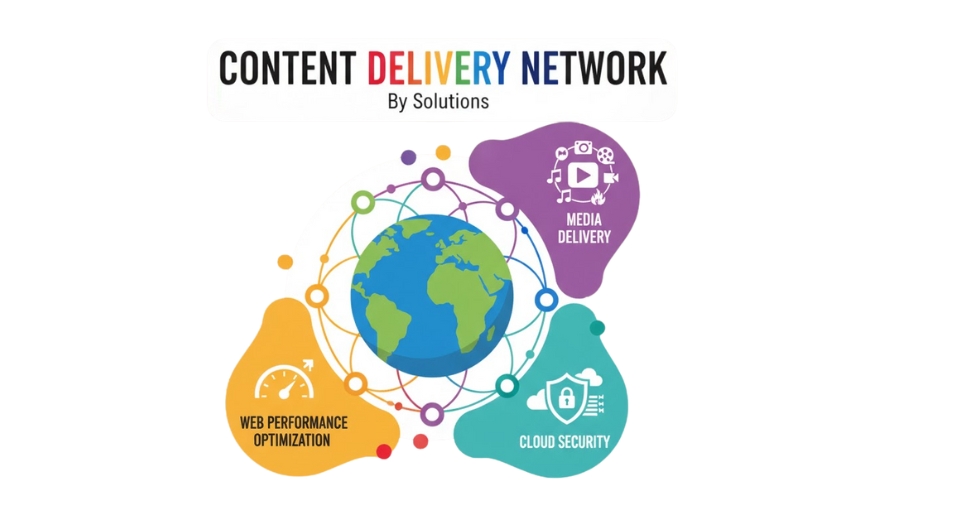

 US: +1 3023308252
US: +1 3023308252






